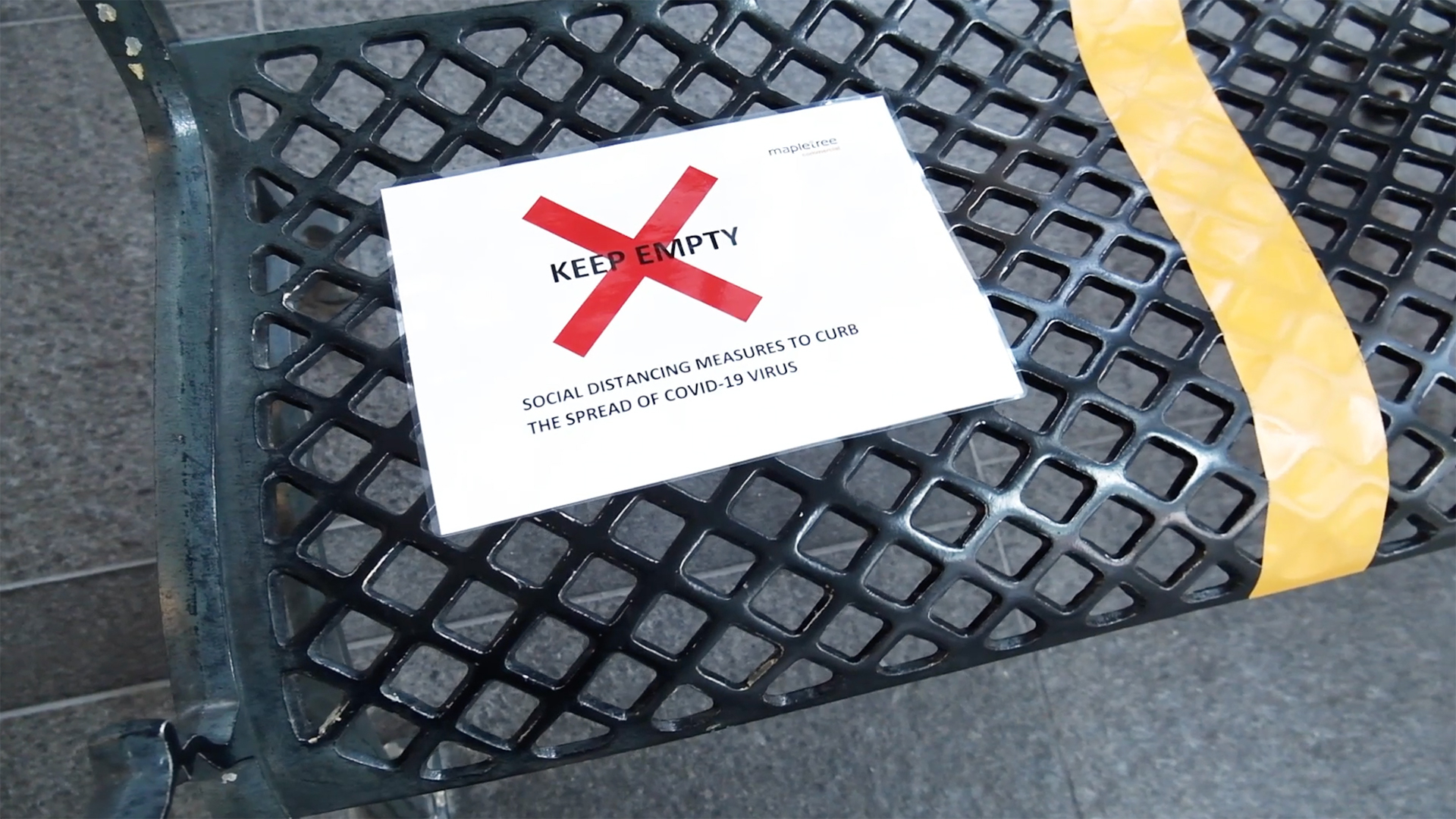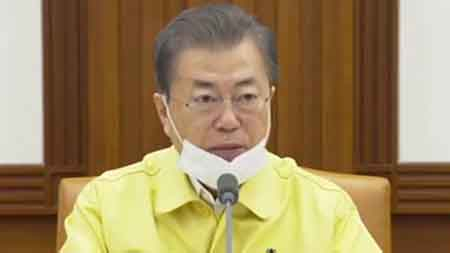As the world struggles with the rapid spread of COVID-19, Asian countries showed greater signs of encouragement.
Singapore: early reduction
Singapore is currently in a "relatively stable" situation as the government has put in place a series of measures and adjusted them as needed, including imposing border controls since January.
On March 15, Singapore announced a slew of new precautionary measures to further reduce the risk of imported COVID-19 cases to the country.
01:05

According to the Ministry of Health (MOH), from 23:59 p.m. March 16, all travelers, including Singapore residents, long-term pass holders and short-term visitors, entering Singapore with recent travel history to other Association of Southeast Asian Nations (ASEAN) countries, Japan, Switzerland, or Britain within the last 14 days, will be issued with a 14-day Stay-Home Notice (SHN).
In addition, they will have to provide proof of the place where they will serve the 14-day SHN, and may also be swabbed for testing for COVID-19, even if asymptomatic.
Read more:
Singapore PM says unfair to hold China responsible for the pandemic
Meanwhile, all short-term visitors who are nationals of any other ASEAN country will have to submit requisite information on their health to the Singapore Overseas Mission in the country they are residents before their intended date of travel, and the submission will have to be approved by the MOH before travel to Singapore.
The MOH also advises Singaporeans to defer all non-essential travel abroad. It said the advisory, with immediate effect, will apply for 30 days, and will be reviewed thereafter.
A week later, the country decided to deny the entry of short-term visitors regardless of their nationalities and limit the entry of work-pass holders, as the newest of a slew of border control measures.
Besides, Singapore's COVID-19 multi-ministry task force has been implementing stricter social distancing measures starting March 26.
South Korea: easy tests
No matter how you analyze the case numbers, one dark horse stands out from its peers in the virus battle, that is South Korea.
The country's first case was reported on January 20, but the largest outbreak started with a peak of 909 new cases on February 29.
On March 4, South Korean President Moon Jae-in declared "war" on the novel coronavirus, as the number of infections mounted up in the country. Less than a week later, the number of new cases halved.
04:35

As of March 22, the country reported only 64 new cases, the fewest in nearly a month, even as infections in other countries continue to soar by the thousands daily.
The fall in the daily tally of new infections coincided with the completion of testing of most of the roughly 200,000 followers of a fringe Christian church at the center of South Korea's epidemic.
In the early stage of the outbreak, government officials met with representatives from several medical companies, urging them to begin immediately developing coronavirus test kits for mass production.
By the end of February, South Korea was making headlines around the world for its drive-through screening centers and ability to test thousands of people daily.
"Of course, a kit that's approved in one week isn't as good as one that goes through a year of clinical trials," Lee Hyuk-min, head of the coronavirus task force at the Korean Society for Laboratory Medicine, said, adding the government cross-checked cases to ensure the tests were working properly in the early days.

Pedestrians wearing masks are seen behind South Korean soldiers doing quarantine works, following the rise in confirmed cases of COVID-19 in Daegu, South Korea, March 15, 2020. /Reuters
Pedestrians wearing masks are seen behind South Korean soldiers doing quarantine works, following the rise in confirmed cases of COVID-19 in Daegu, South Korea, March 15, 2020. /Reuters
According to the Korea Centers for Disease Control and Prevention (CDC), the country went from two approved test makers on February 18 to five as of early March.
In addition to helping work out who to test, South Korea's data-driven system helps hospitals manage their pipeline of cases. People found positive are placed in self-quarantine and monitored remotely through a smartphone app, or checked regularly in telephone calls until a hospital bed becomes available. When a bed is available, an ambulance picks the person up and takes the patient to a hospital with air-sealed isolation rooms. All of this, including hospitalization, is free of charge.
Read more:
Lessons from East Asia in the battle against coronavirus
With many more tests in hand, health officials were well-armed to attack a fast-moving virus and aggressively track down people who may have been exposed.
This testing-backed offensive helped South Korea reduce the number of new cases over a matter of weeks, serving as a model for other countries grappling with the pandemic.
It is known that the country has conducted over 300,000 tests for a per capita rate, 40 times more than that of the U.S.
"Testing is central because that leads to early detection, it minimizes further spread and it quickly treats those found with the virus," Kang Kyung-wha, South Korea's foreign minister, said, calling the tests "the key behind our very low fatality rate as well."
South Korea's rapid response to the new coronavirus resulted from scars of the past as it had 186 Middle East Respiratory Syndrome (MERS) cases in 2015, more than anywhere outside the Middle East, including 38 deaths.
"We can't ever forget the incident. It is engraved in our mind," the Korean CDC's Lee Sang-won said. "We were hurt so much, and we felt remorseful."
(Cover: Medical staff in protective gear work at a "drive-thru" testing center for COVID-19 in Yeungnam University Medical Center in Daegu, South Korea, March 3, 2020. /Reuters)
(With input from agencies)